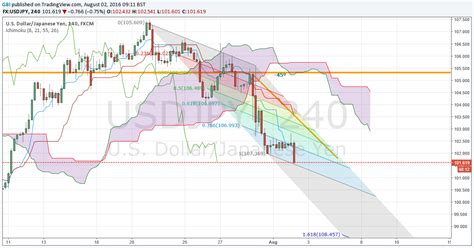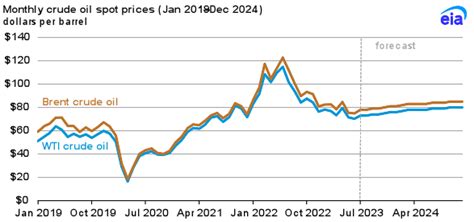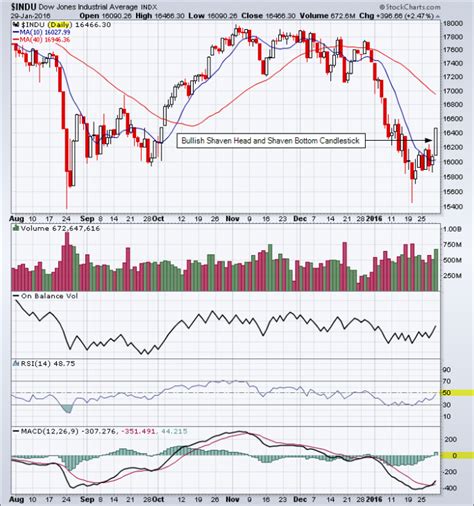Introduction
The relationship between the US dollar and the Japanese yen has been a subject of economic fascination for decades. As the world’s two largest economies, their respective currencies play a significant role in global trade and investment. In recent years, the dollar-yen exchange rate has been volatile, influenced by a myriad of factors ranging from interest rate differentials to geopolitical events. This article will delve into the intricacies of the dollar-yen relationship, exploring past trends, current dynamics, and future outlooks.

Historical Overview
Over the past several decades, the dollar-yen exchange rate has experienced periods of both stability and volatility. In the 1980s, the Plaza Accord led to a sharp appreciation of the yen against the dollar. However, the Japanese asset bubble of the late 1980s and early 1990s caused the yen to reverse its upward trajectory, leading to a period of relative stability in the mid-1990s.
Current Dynamics
In recent years, the dollar-yen exchange rate has been characterized by notable volatility. The COVID-19 pandemic and its subsequent economic impact has had a significant influence on the currency pair. In March 2020, as global markets experienced a sell-off, the yen strengthened against the dollar as investors sought safe haven assets. However, as the US economy began to recover in 2021, the dollar regained some of its strength against the yen.
Future Outlooks
Predicting the future of the dollar-yen exchange rate is a challenging endeavor, as it is subject to a wide range of factors, including:
- Interest rate differentials: The difference in interest rates between the US and Japan is a key determinant of the exchange rate. Higher interest rates in the US tend to make the dollar more attractive to investors, leading to an appreciation against the yen.
- Global economic growth: The health of the global economy can also impact the dollar-yen exchange rate. Strong global economic growth tends to benefit the dollar, while periods of weakness can lead to a depreciation of the dollar against the yen.
- Geopolitical events: Political uncertainty, such as trade disputes or international conflicts, can also influence the exchange rate. Increased uncertainty tends to lead to a strengthening of the yen as investors seek safe haven assets.
Despite the challenges of predicting the future, some analysts believe that the dollar-yen exchange rate is likely to remain relatively stable in the coming years. The US economy is expected to continue to outpace the Japanese economy, which should support the dollar against the yen. However, geopolitical events and other external factors could potentially disrupt this trend.
Strategies for Navigating the Currency Exchange Landscape
Businesses and individuals engaged in international trade or investment should carefully consider the following strategies to mitigate the risks associated with currency fluctuations:
- Hedging: Hedging is a financial strategy used to reduce the risk of currency fluctuations by entering into contracts that offset potential losses in one currency with gains in another.
- Diversification: Diversifying investments across different currency zones can help to reduce the impact of currency fluctuations on overall portfolio performance.
- Scenario analysis: Preparing for different scenarios, including both favorable and unfavorable currency exchange rate movements, can help to ensure that businesses and individuals are well-positioned to adapt to changing market conditions.
Tips and Tricks for Currency Exchange
- Compare exchange rates: Before exchanging currency, compare rates from multiple providers to find the best deal.
- Use a currency exchange calculator: Currency exchange calculators provide quick and easy estimates of the amount of foreign currency you will receive based on the current exchange rate.
- Consider using a travel money card: Travel money cards can be a convenient and cost-effective way to make purchases in foreign countries. They allow you to load multiple currencies onto a single card, avoiding the need to exchange cash at every destination.
Pros and Cons of Dollar-Yen Exchange Rate Stability
Pros:
- Reduced uncertainty: Stable exchange rates can help to reduce uncertainty for businesses and individuals engaged in international trade and investment.
- Lower transaction costs: Stable exchange rates can lead to lower transaction costs for businesses that operate in multiple countries.
- Increased investment: Stable exchange rates can encourage investment in both the US and Japan, as investors are more likely to make long-term investments in countries with predictable currency environments.
Cons:
- Reduced competitiveness: A stable exchange rate can make it more difficult for exporters to compete in global markets, as they may face higher costs compared to their competitors in countries with depreciated currencies.
- Missed opportunities: A stable exchange rate could prevent businesses from taking advantage of favorable exchange rate movements, potentially missing out on potential profits.
- Overvaluation and undervaluation: In some cases, stable exchange rates may lead to overvaluation or undervaluation of currencies, which can have negative impacts on trade and economic growth.
FAQs
Q: What is the current dollar-yen exchange rate?
A: As of March 2023, the dollar-yen exchange rate is approximately 135 yen per US dollar.
Q: What factors influence the dollar-yen exchange rate?
A: The dollar-yen exchange rate is influenced by a wide range of factors, including interest rate differentials, global economic growth, and geopolitical events.
Q: How can I hedge against currency fluctuations?
A: You can hedge against currency fluctuations by entering into financial contracts that offset potential losses in one currency with gains in another.
Q: What is the best way to compare currency exchange rates?
A: You can compare currency exchange rates from multiple providers using online comparison tools or by visiting different banks and currency exchange bureaus.
Q: What is the advantage of using a currency exchange calculator?
A: Currency exchange calculators provide quick and easy estimates of the amount of foreign currency you will receive based on the current exchange rate.
Q: What are the pros and cons of dollar-yen exchange rate stability?
A: Pros include reduced uncertainty, lower transaction costs, and increased investment. Cons include reduced competitiveness, missed opportunities, and overvaluation/undervaluation.
Conclusion
The dollar-yen relationship is a complex and dynamic one, shaped by a multitude of factors. By understanding the historical trends, current drivers, and potential outlooks for the dollar-yen exchange rate, businesses and individuals can develop effective strategies to manage the risks and opportunities associated with currency fluctuations. It is important to continuously monitor the currency exchange landscape and stay informed about emerging trends to make informed decisions when engaging in international trade or investment.



